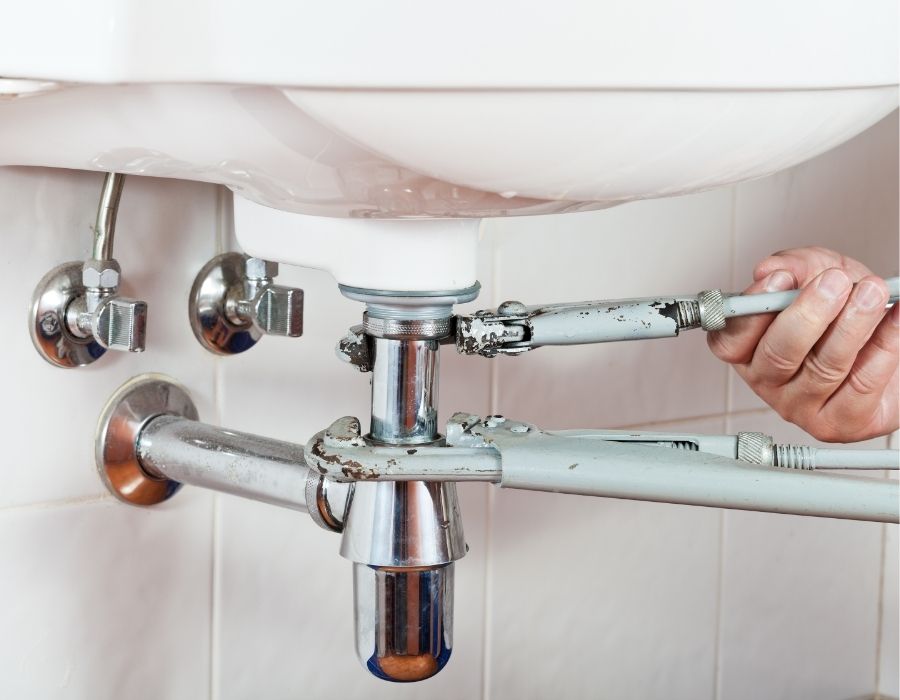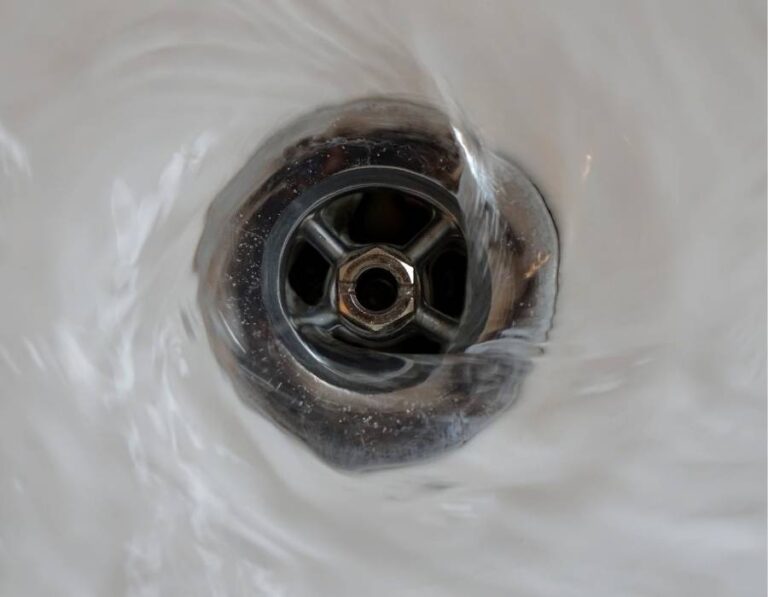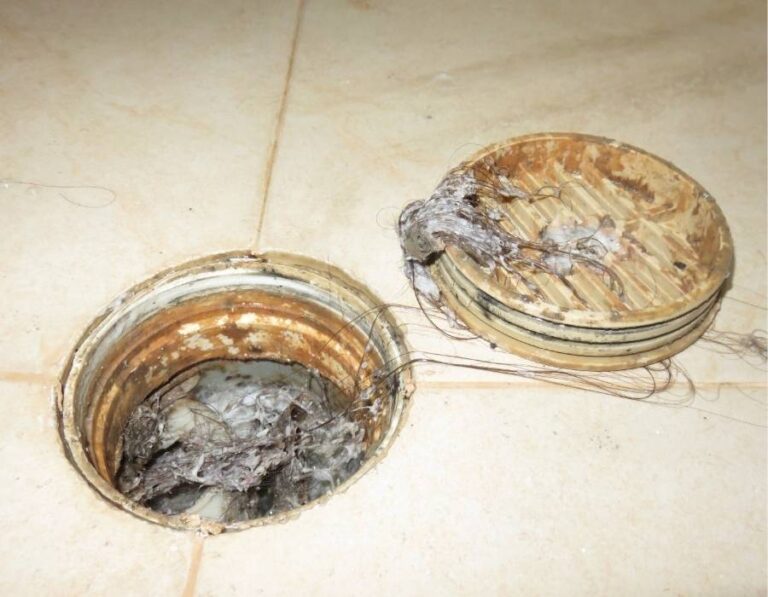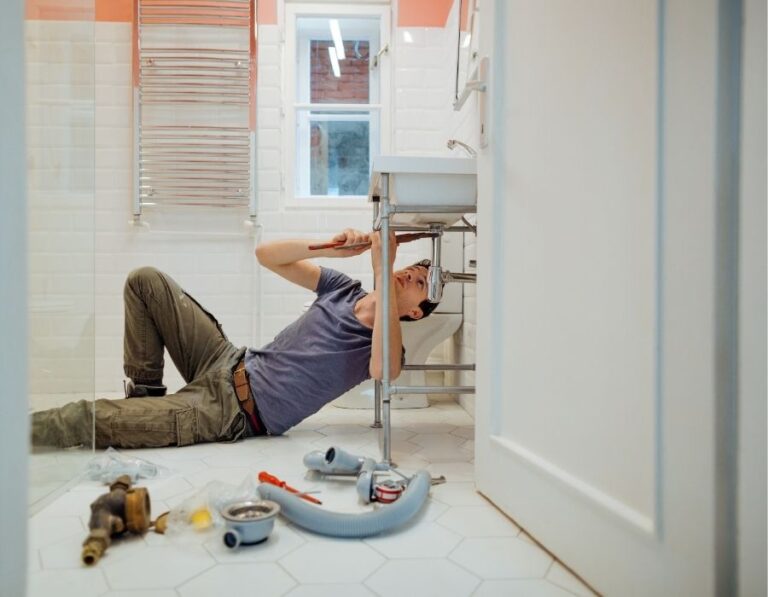Stop Drain Disasters Before They Start: 4 Simple DIY Steps to Keep Clogs Away All Year
Clogged drains are more than a nuisance—they’re a major disruption that can lead to foul odors, water damage, and costly emergency plumbing calls. But here’s the good news: avoiding these headaches doesn’t require professional tools or expensive treatments. With a handful of easy, preventative habits, you can keep your drains flowing freely all year long.
Whether you’re a homeowner protecting your investment, a property manager juggling multiple units, or a business owner looking to avoid costly downtime. Think of it as your go-to guide for maintaining healthy pipes and dodging drain disasters before they even begin.
Because when it comes to plumbing, a little maintenance goes a long way.
Why Drain Maintenance Matters More Than You Think
Every year, Americans spend more than $3 billion on plumbing services—an eye-watering figure made even more frustrating by the fact that many of these issues are entirely preventable. At the top of the list of common culprits? Drain clogs. While they may start off as minor inconveniences, clogs have a sneaky way of spiraling into serious plumbing emergencies if left unaddressed.
What begins as a slow drain can quickly escalate into overflowing sinks or tubs, burst pipes, or even the growth of mold behind walls and under flooring. In severe cases, unchecked blockages can lead to costly structural water damage, putting your entire property at risk. These aren’t just plumbing problems—they’re threats to the integrity and livability of your home or business.
The good news is that most of these disasters are entirely avoidable with a little proactive care. Routine drain maintenance isn’t just about preventing clogs; it’s about protecting your investment, avoiding unnecessary repairs, and maintaining a safe, hygienic environment. And the best part? You don’t need to be a licensed plumber to make a big difference. A few simple habits can keep your drains clear—and your worries at bay.
The 4-Step DIY Drain Maintenance Plan
1. Flush Weekly with Hot Water & Dish Soap
One of the easiest ways to prevent kitchen drain clogs is a weekly flush with hot water and dish soap. Grease, soap scum, and food residue tend to build up over time, eventually hardening into tough blockages. This simple routine helps break down and wash away that buildup before it has a chance to cause problems.
To do it, just boil a full kettle of water, stir in a tablespoon of grease-fighting dish soap, and pour the mixture slowly down the drain. It’s a safe, effective method that keeps things flowing smoothly—without relying on harsh chemical cleaners that can damage pipes or disrupt septic systems.
2. Install Mesh Drain Screens in Sinks & Tubs
A simple mesh drain screen is one of the most effective and affordable tools for clog prevention. For just a few dollars, it can catch up to 90% of the hair, food scraps, and soap residue that typically cause blockages in sinks and tubs. Unlike built-in pop-up stoppers, which often allow smaller debris to slip by, mesh screens act as a reliable first line of defense.
Installation is quick: just pick up a screen at any hardware store and place it directly over the drain opening. Be sure to clean it regularly—daily if possible, especially after heavy use like shaving or washing dishes. This small habit can save you from big plumbing problems down the line.
3. Use Baking Soda & Vinegar Monthly
A monthly flush with baking soda and vinegar is a gentle yet powerful way to keep your drains clear and odor-free. This natural duo fizzes on contact, helping to break down buildup like grease, grime, and soap scum—without the harsh chemicals that can corrode your pipes or harm septic systems. It’s an easy win for both your plumbing and the planet.
To do it, pour half a cup of baking soda into the drain, followed by one cup of vinegar. Quickly cover the drain with a plug to contain the reaction and let it sit for about 10 minutes. Once the fizzing slows down, flush it all away with hot water. This simple monthly habit helps keep buildup at bay and your drains smelling fresh.
4. Snake Your Drains Every 3 Months
Snaking your drains every few months is a smart way to catch small clogs before they turn into bigger issues—especially in bathrooms, where hair and soap buildup are common offenders. A simple manual drain snake can reach gunk that flushing alone can’t dislodge, making it an essential tool in your DIY maintenance kit.
To use one, insert the snake into the drain and gently twist it to grab onto any trapped debris. Pull it out slowly, dispose of the gunk in a trash bag, and rinse the drain with hot water. For a cleaner process, wear gloves and keep a disposable bag nearby. It’s a quick, inexpensive step that can save you from serious plumbing headaches down the line.
Frequently Asked Questions About DIY Drain Maintenance
Make DIY Drain Care Part of Your Routine
Making DIY drain care a part of your regular routine is one of the smartest home or property maintenance moves you can make. Plumbing emergencies are often sudden, stressful, and expensive—but the majority of them are preventable with just a little foresight. The four steps outlined in this guide don’t call for fancy equipment or professional expertise—just a few minutes each week or month to keep things running smoothly.
Start today by setting a reminder for your next drain flush or screen cleanout. Share these tips with family, friends, or tenants to help them avoid costly clogs, too. A little consistency now can spare you major repairs later. In the long run, your future self—and your plumbing—will be glad you made the effort.







